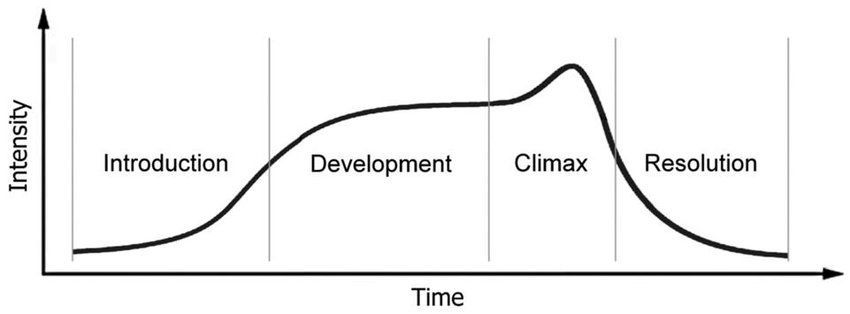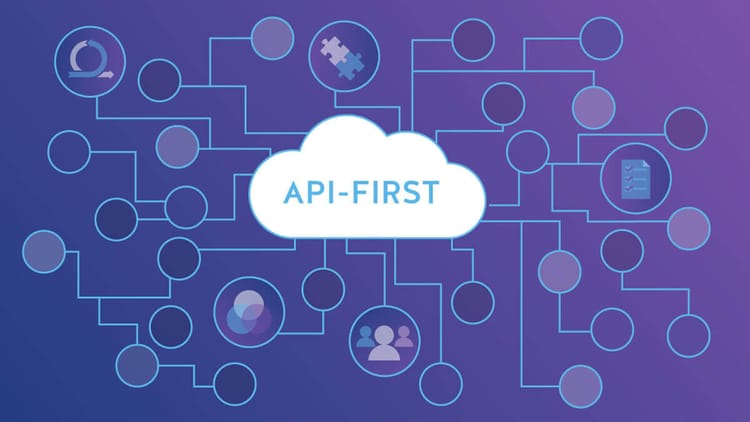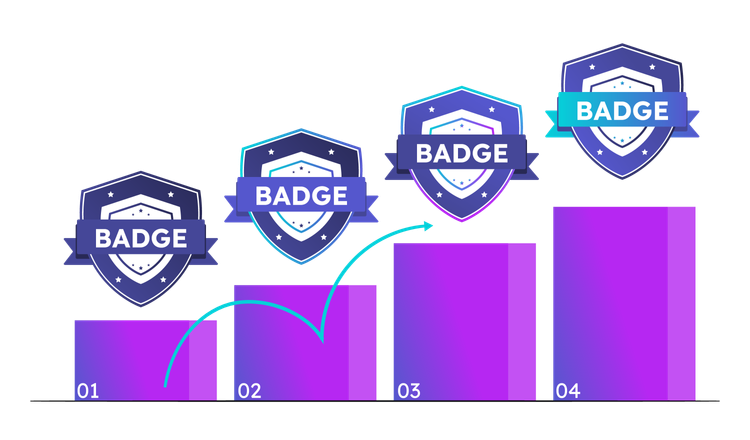Storytelling for Influence

"No tribal Chief or Elder has ever handed out statistical reports, charts, graphs or lists of facts to explain where the group is headed or what it must do.” - Peg Neuhauser
Humans have evolved to tell stories. While data is important when you are trying to drive change, it is often the narrative you wrap around the data that will inspire and motive people to take the first steps.
To tell compelling stories that can influence teams and drive change, to benefit your partners, try to follow the below steps:
- Develop your blueprint: Identify your key stakeholders, their needs, and your big idea.
- Build story prototypes: Explore different mediums for telling your story and how to create lots of versions in order to engage others in the process.
- Design for impact: Dig into tone and style to ensure your story resonates with your audience.
Develop a blueprint for this story
At this early stage you want to focus on the basics of what you are trying to achieve:
- Brief - What is the task? Is it a strategy review, a company all-hands, etc.
- Audience - Who will consume your work and what do they care about?
- Goal - What are you trying to achieve? Convey information, drive changes, revise a strategy?
- What is the ONE thing you want people to take away? If you only had 30 seconds to present, what would you say?
Build story prototype
In an ideal world you would choose the medium to provide maximum impact for your audience - videos for emotional content, slides for sharing data, etc.
Many companies will have norms around sharing data so you may need to work within those guidelines. Some companies don't like slides, some companies want 6-page documents, etc. Work with the medium the company expects you to work in.
Building helpful prototypes is an iterative process. You will build a draft - share it for feedback - reflect and revise.
- Building a first draft
Likley an "ugly first pancake". Don't spend much time gold-plating. Get a rough outline together, with data to support your narrative, and share with a small group for feedback. You could even do this verbally by testing your story with a small group over lunch or coffee. - Share for Feedback
Frequent feedback will improve the quality of the work. When you share, ask specific questions to ensure you are on the right track. Some useful questions are - What did you find most memorable? What was the big idea? What was unclear? What is missing? - Reflect and revise
Refer back to your blueprint and work through the feedback. Take your time and don't dismiss or include anything too soon.
Design for Impact
Tone is everything in communication. To have maximum impact, think about some of the below:
- Avoid jargon - write like you speak
- Anecdotes help to paint a picture
- Use visuals where you can
- Use emotion for impact (not melodramatic but human)
- Always have a call to action
Telling effective stories to drive change is hard, but you will get better with practice. Much of what we do in partnerships involves driving change, so keep working on this important skill. Your partners will thank you for it.
Helpful links to learn more
The Irresistible Power of Storytelling as a Strategic Business Tool
The Science of Storytelling: Why Telling a Story is the Most Powerful Way to Activate Our Brains
Empathy, Neurochemistry, and the Dramatic Arc: Paul Zak at the Future of StoryTelling 2012
7 Questions To Help You Write An Audience-Centric Presentation
3 helpful ways to give feedback on a presentation
How to sound smart in your TEDx Talk | Will Stephen | TEDxNewYork
Randy Pausch Last Lecture: Achieving Your Childhood Dreams
If you enjoyed this piece, please share it. Thanks. 🙏




